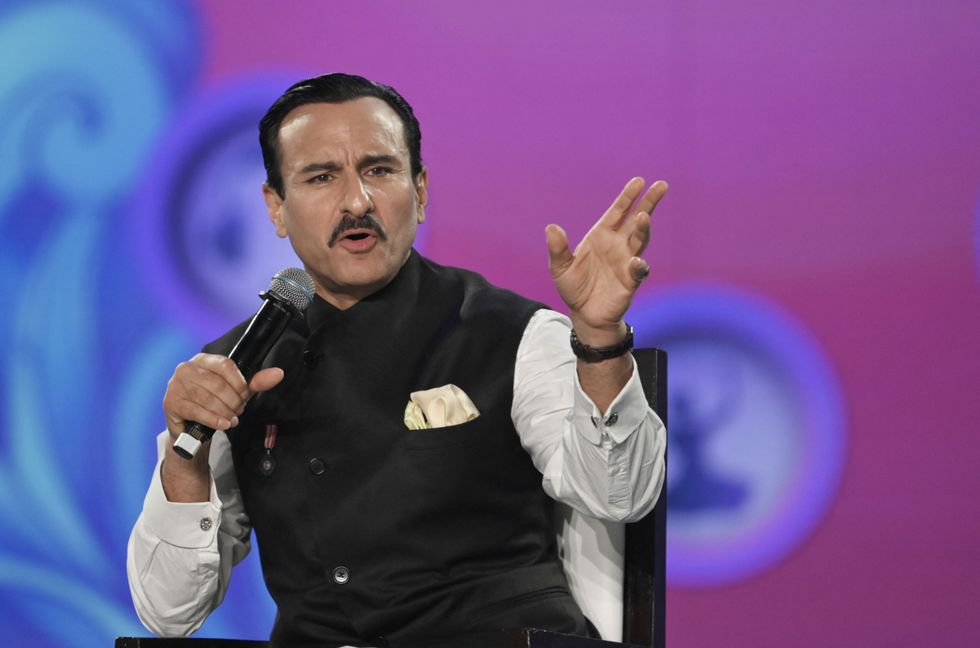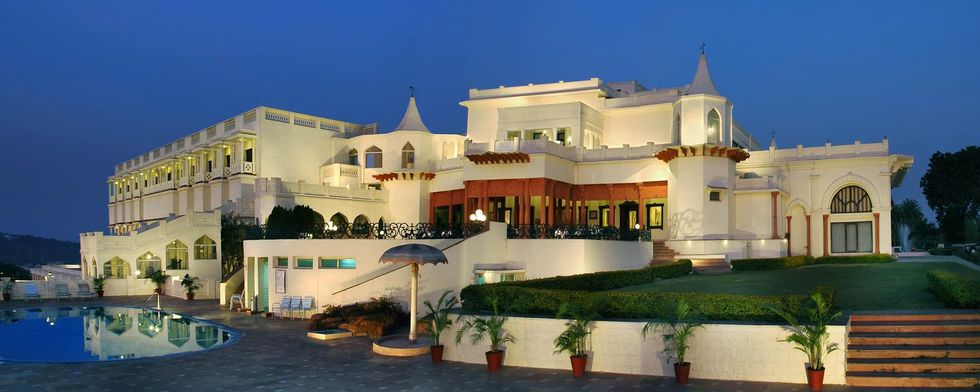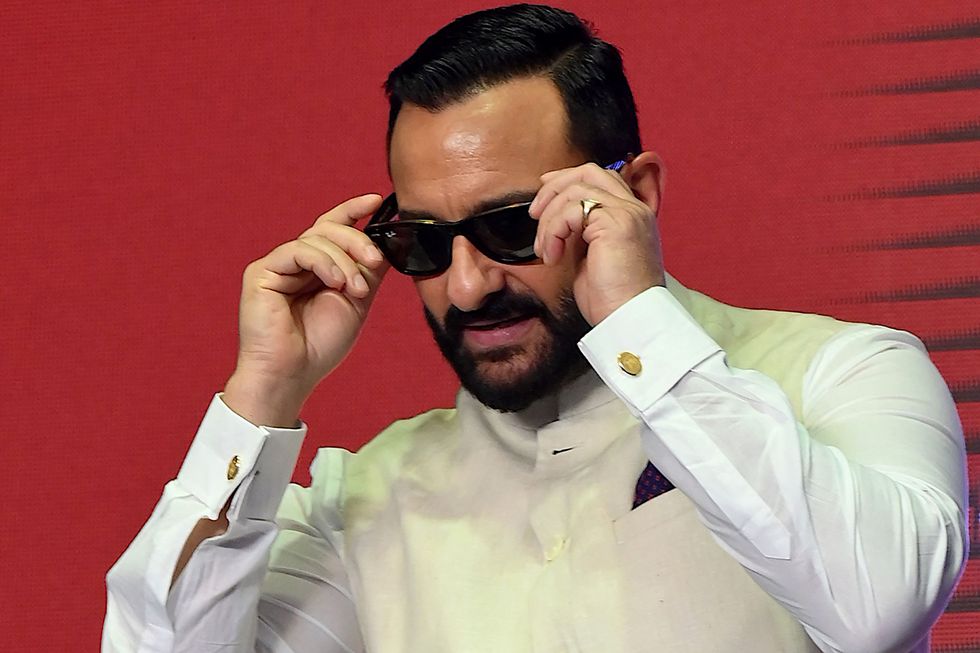AT LEAST 50 people have been killed, and 120 others injured during clashes between two warring tribes over a land dispute in Pakistan's northwestern Kurram district, according to police reports on Saturday.
The violence erupted eight days ago in the Upper Kurram area of Boshehra.
The fighting began over a land disagreement, leading to gunfire and further escalation. A temporary ceasefire has now been put in place with the help of tribal elders, said Kurram Deputy Commissioner Javedullah Mehsud.
Mehsud confirmed that the situation is currently under control, with clashes having ceased in all areas, including Piwar, Tari Mangal, Kunj Alizai, Muqbil, and Para Chamkani Karman. Security forces have been deployed in these areas.
The use of heavy and automatic weapons was reported during the clashes, which led to the closure of the Parachinar-Peshawar road and the Pak-Afghan Kharlachi border, cutting off transportation and causing a shortage of essential supplies, including food, fuel, and medicines.
The violence spread to other areas, including Balishkhel, Sadda, Khar Kallay, Peewar, and Maqbal, in a district that borders Afghanistan. The region is near Afghanistan's Khost, Paktia, Logar, and Nangarhar provinces, which have been known for their strong militant presence.
Tribal leaders from the Turi and Bangash tribes have urged for peace, emphasising the importance of community participation in maintaining order. Hamid Hussain, a member of the National Assembly, appealed for peace and focused on development in the district, noting that continued conflict would only bring more destruction.
In July, a similar conflict between the Boshehra and Maleekhel tribes led to over 50 deaths and more than 225 injured. The area, part of Khyber Pakhtunkhwa province, has experienced conflicts between tribes, religious groups, and militants in the past, often escalating into sectarian violence. A peace agreement was eventually reached in the earlier clashes through efforts by tribal council leaders.
(With inputs from PTI)






 Saif Ali Khan’s royal inheritance in Bhopal declared enemy property after court verdictGetty Images
Saif Ali Khan’s royal inheritance in Bhopal declared enemy property after court verdictGetty Images  Saif Ali Khan with family Getty Images
Saif Ali Khan with family Getty Images An exterior view of the Noor Us Sabah Palace now listed under enemy property Getty Images
An exterior view of the Noor Us Sabah Palace now listed under enemy property Getty Images Saif Ali Khan loses claim to Pataudi family properties as court cites Pakistan connectionGetty Images
Saif Ali Khan loses claim to Pataudi family properties as court cites Pakistan connectionGetty Images








 Lewis Hamilton topped FP1 and finished third in FP2Getty Images
Lewis Hamilton topped FP1 and finished third in FP2Getty Images


 Aaradhya Bachchan has no access to social media or a personal phoneGetty Images
Aaradhya Bachchan has no access to social media or a personal phoneGetty Images  Abhishek Bachchan calls Aishwarya a devoted mother and partnerGetty Images
Abhishek Bachchan calls Aishwarya a devoted mother and partnerGetty Images Aaradhya is now taller than Aishwarya says Abhishek in candid interviewGetty Images
Aaradhya is now taller than Aishwarya says Abhishek in candid interviewGetty Images Aishwarya Rai often seen with daughter Aaradhya at public eventsGetty Images
Aishwarya Rai often seen with daughter Aaradhya at public eventsGetty Images